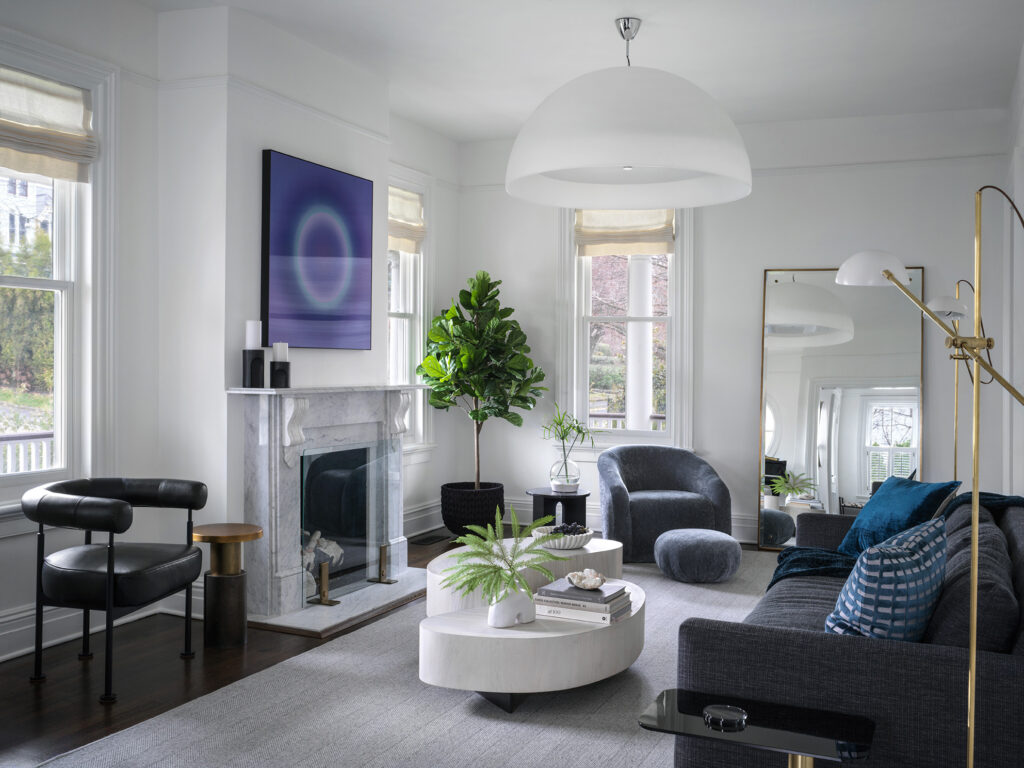
The development process for an illustrated design book has historically been opaque, with many designers and creative professionals unsure of the steps involved between signing a contract and seeing their work appear on bookstore shelves.
Authors need to understand the inner workings of the process to gain a clear and logical overview of the journey from proposal to publication, enabling designers to understand how a vision evolves into a finished book. Here are some of the questions I am regularly asked, with clear answers.
How Long Will It Take?
In my experience, the journey from a signed contract to publication for an illustrated design book typically spans two years; however, a highly organized designer with a robust plan and ready resources can streamline this process. There are interwoven stages, each requiring careful coordination and a dedication to detail from both creators and their support teams.
What Goes Into A Proposal?
The journey begins with the conception of a clear and compelling proposal. A strong proposal serves as a critical road map, outlining the vision, core themes, intended audience, and visual aesthetic of the book. It also articulates the unique narrative that will be woven through the images and stories within the book’s covers. A well-crafted proposal not only attracts publisher interest but also provides a cohesive guideline for the author, editor, and designer as the project progresses.
Who Do I Need To Work With?
Once the proposal secures a contract, the next phase involves assembling the principal creative team, which typically consists of an established author and a skilled editor. Their collaboration brings the book’s narrative architecture to life, ensuring textual clarity, consistency, and resonance with the intended audience. Through rounds of drafting, reviewing, and revising, the author and editor shape the manuscript into its compelling final form. An organized designer can expedite this process by providing explicit reference materials, timely feedback, and thoughtful responses to editorial suggestions.
How Important Is A Book Designer?
The design phase is where vision becomes tangible. Selecting an experienced book designer is paramount, as this professional interprets the designer’s aesthetic sensibilities and applies them across page layouts, typography choices, and the integration of imagery. The designer collaborates closely with both the author and the editor to ensure that visuals and text coalesce into a cohesive whole. Cover design and internal layouts are iteratively refined, and the designer generates mockups for review and approval before committing to final files.
What About Image Rights and Permissions?
One of the most time-consuming and essential steps involves securing all necessary rights and permissions. Negotiating image rights with photographers, alongside obtaining permissions from homeowners featured in photography, is vital to mitigate any potential legal issues and to uphold creative integrity. These negotiations can be complex, as they involve reviewing and executing contracts, corresponding with multiple parties, and tracking usage rights for every image within the book.
What Are The Final Considerations?
Once both manuscript and imagery are finalized and all permissions are secured, the book enters production. This involves fine-tuning the layouts, reviewing high-resolution files, and conducting multiple pre-press proofing rounds to ensure printing accuracy. Close attention to detail during this phase pays dividends, as even the most minor error can impact the finished product in design books where visuals are paramount.
What About Marketing The Book?
After passing the final press check, the book is sent to print—a stage that may require several weeks or even months, particularly if printing takes place overseas. Meanwhile, preparations for the marketing campaign are underway, including the creation of pre-release teasers, promotional materials for media and influencers, and coordinated launch activities. Once the books arrive, a carefully orchestrated launch introduces the new title to the world, signaling the culmination of skill, vision, and patience.



